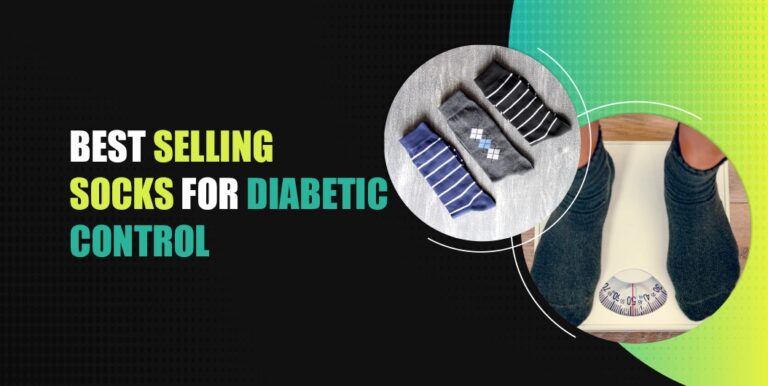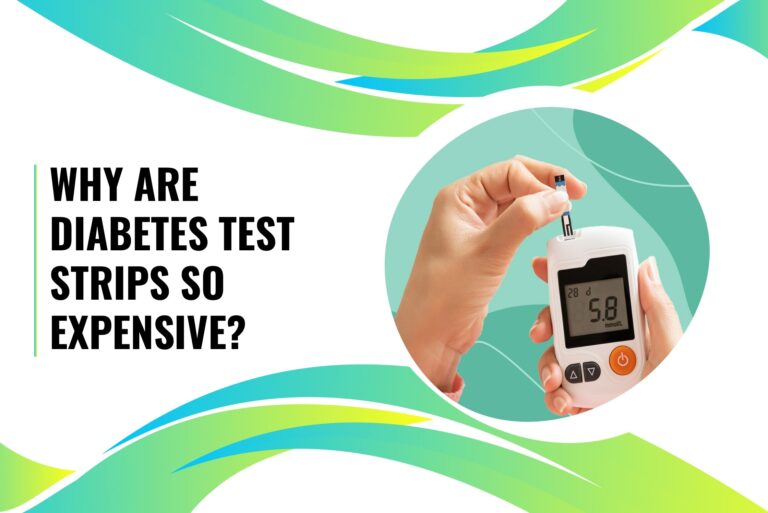How To Stop Diabetes Hunger: 7 Effective Tips
Are frequent cravings controlling your life? You could be one of millions dealing with diabetes-related hunger – a symptom that affects more people than you may think.
Diabetes hunger is a common challenge for a diabetic. Some simple tips for dealing with those pesky cravings: try eating regular but small meals, keep hydrated, and up your protein intake. Additionally exercising regularly, getting enough restful sleep, and closely monitoring blood sugar levels all help too!
Here we’ll explore what causes this condition so you can understand how to tackle it head-on.
What Is Diabetes Hunger?
When your blood sugar levels drop, diabetes hunger can come on strong.
For those living with Type 1 or 2 diabetes and taking medication – a common side-effect is intense feelings of hunger due to the risk for hypoglycemia.
Be prepared: know how to recognize symptoms related to low glucose as well as manage them accordingly!
Symptoms typically associated with diabetes hunger include
- sweating
- dizziness
- weakness
- trembling
- irritability
- and difficulty concentrating
People experiencing this type of hunger also often have intense cravings for sweet foods and drinks due to their body’s need for quick energy.
If you suffer from low blood sugar, making healthy snack choices is essential to maintain steady glucose levels.
Instead of reaching for sugary treats, it’s best to opt for nutrient-packed options like fruits and crackers that won’t cause ketoacidosis.
What Are The Causes Of Diabetes Hunger?
Diabetes Hunger is a serious condition that can disrupt the lives of those living with diabetes.
It’s typically caused by an insufficiency in insulin, long gaps between meals, dehydration, and high levels of sugar or carbohydrates in food intake.
Symptoms may range from dizziness to fatigue, frequent thirst, and low blood glucose levels – leaving sufferers feeling drained and unable to carry out daily tasks effectively.
With early recognition however comes hope; lifestyle modifications such as regular exercise & monitoring one’s diet will help manage this medical condition so individuals stay healthy!
How to Stop Diabetes Hunger
While there is no quick-stop solution to diabetes hunger, these tips should help you manage it well.
1. Eat Balanced Meals and Snacks
Keep your body fueled and alert by planning for regular, balanced meals every three to four hours.
Varying types of nutritious foods give you the energy boost needed throughout the day while preventing cravings from taking over!
Related:
Top 10 Diabetic Snacks That Are Delicious
6 Best Fishes For Diabetics (With Recipes)
2. Monitor Blood Sugar Levels Regularly
It’s important to monitor your blood sugar level throughout the day.
Doing so not only helps you maintain optimal health but noticing any sudden drops or increases can help identify potential diabetes hunger before it takes hold – keeping you in prime condition.
3. Exercise Regularly
Keeping active is essential for folks with diabetes.
Regular exercise helps keep those insulin levels balanced, fires up your metabolism to power you through the day, and even reduces hunger. Why not take a brisk walk today and get on track?
4. Keep Hydrated
Staying hydrated can be key in managing diabetes.
Not only does it help satisfy thirst, but those pesky hunger cravings could actually just be your body sending you signals to drink more.
Keep up on your H2O and get ahead of the game when dealing with any symptoms that dehydration or excessive thirstiness may bring.
Alternative to water: 6 Best Teas For Diabetics (Low In Caffeine)
5. Avoid High Carbohydrate Foods
Carbohydrates are often seen as a source of quick energy, however sugary drinks and processed foods can cause rapid spikes in blood sugar.
These sudden highs lead to further cravings for more carbs and intense feelings of hunger due to the body’s need for fast fuel after consumption- so it may be best to avoid these kinds of snacks.
Read: What Food Causes Diabetes? (Complete Guide)
6. Increase Protein Intake
Incorporate lean proteins such as fish, poultry, legumes, or nuts in your diet for better digestion and longer-lasting satiety throughout the day.
7. Get Enough Sleep
When you get enough shut-eye, your body has the energy to keep hunger cravings at bay and avoid feeling sluggish.
Make sure to carve out some time for rest so you can stay active throughout the day.
With thoughtful planning and care, it’s possible to manage diabetes-related hunger cravings while keeping blood sugar levels in check.
Taking those extra steps can help ensure an active lifestyle with fewer health concerns associated with uncontrolled glucose levels. To make sure symptoms remain manageable, be sure to regularly consult your healthcare provider for further advice or guidance.
Conclusion
Managing diabetes doesn’t have to mean sacrificing your health or lifestyle. An appropriate diet, regular exercise, and monitoring of blood sugar levels can make a world of difference – give it a try!
With balanced meals and snacks, increased protein intake as well as healthy habits like frequent testing; managing your cravings becomes easier so you are better able to control the condition over time.





